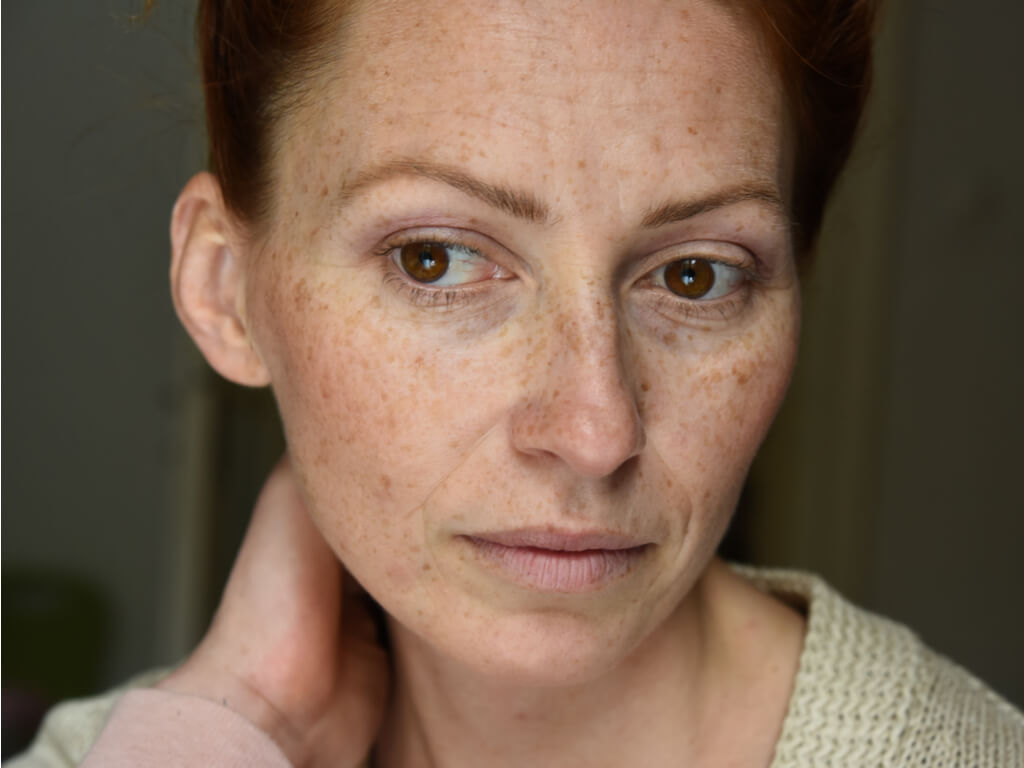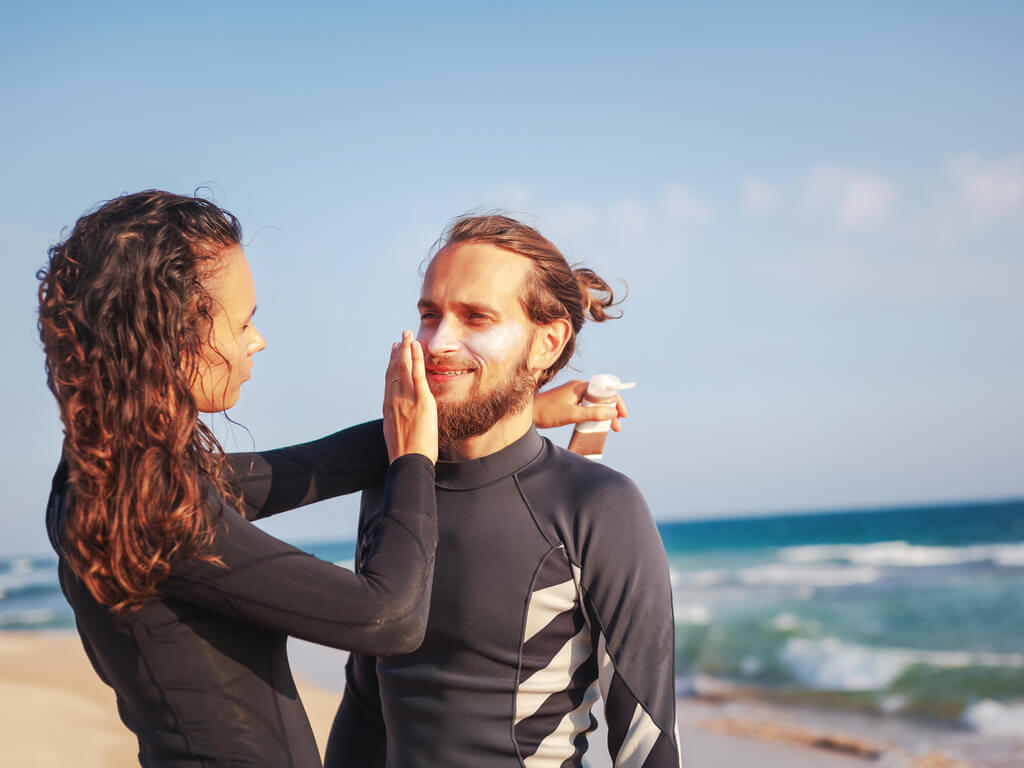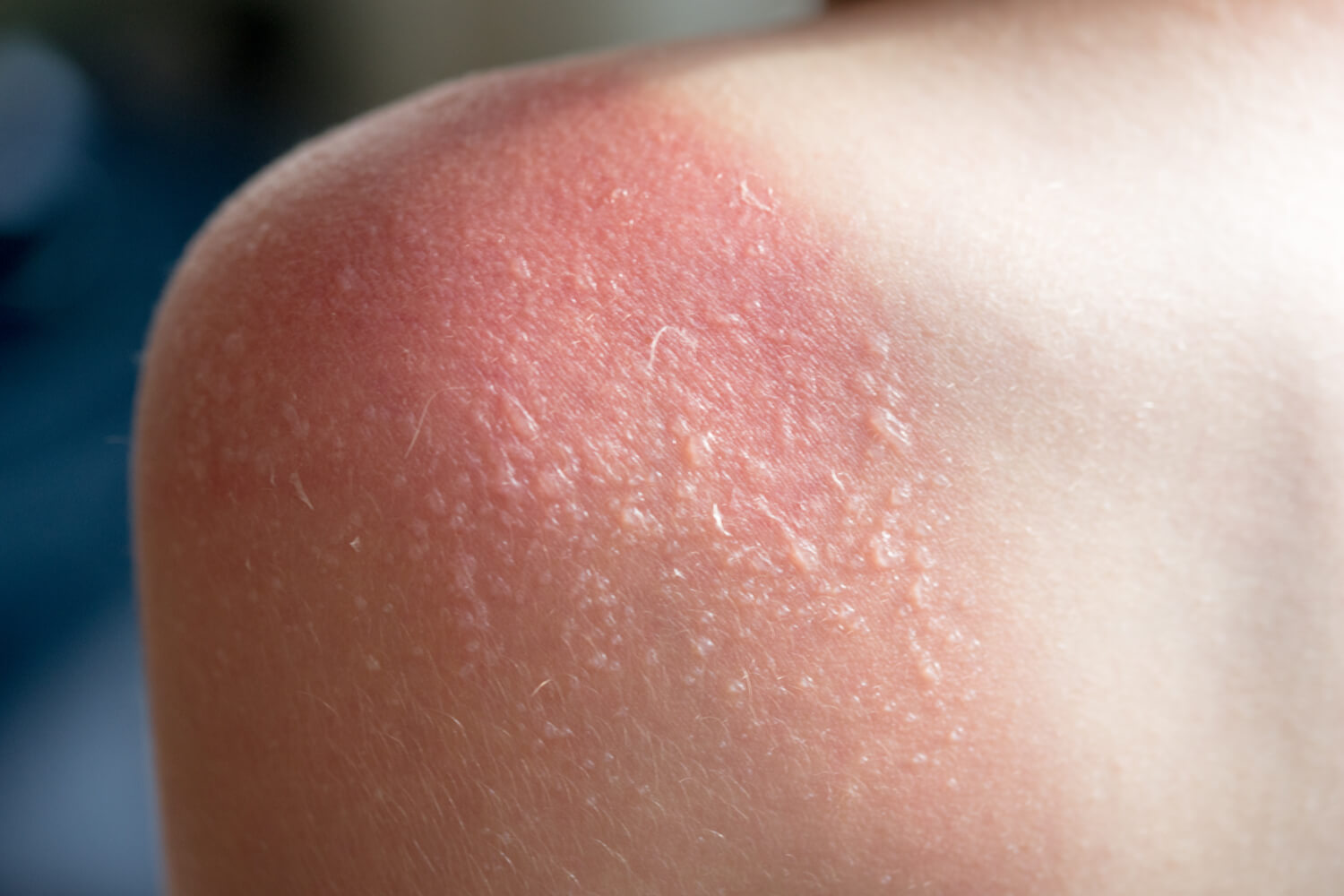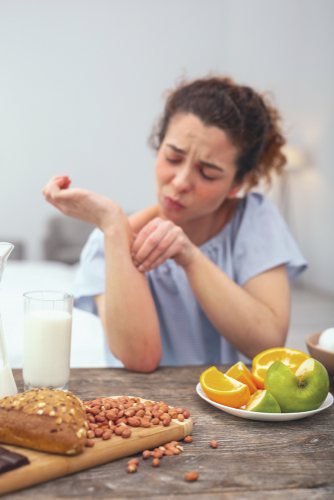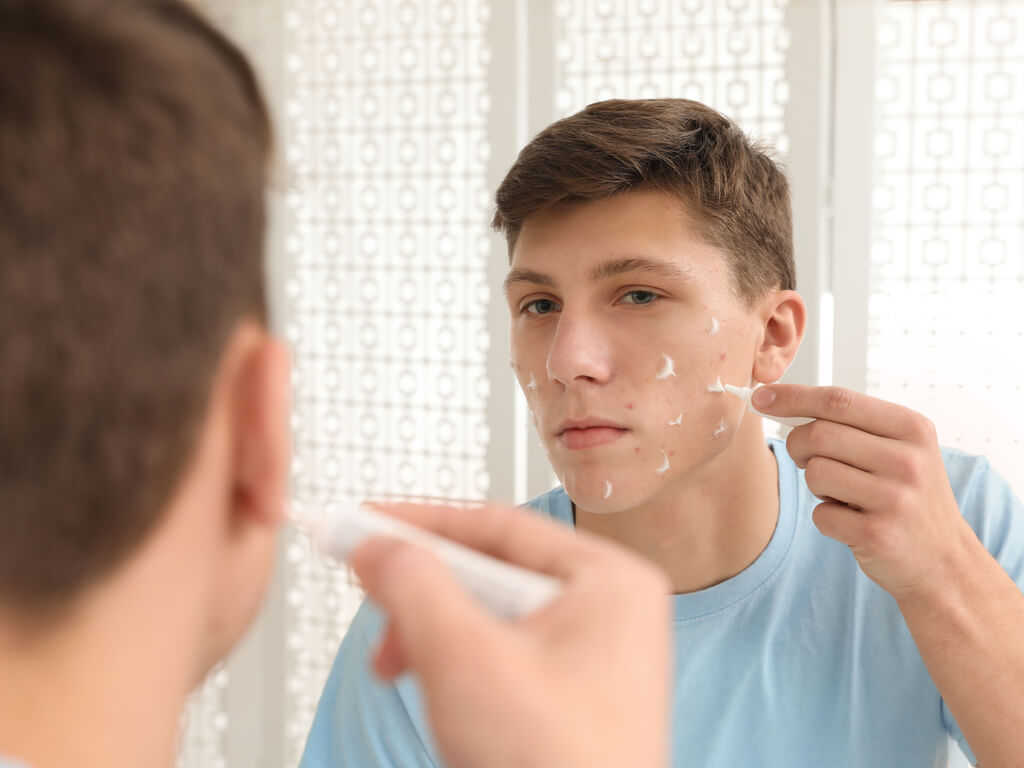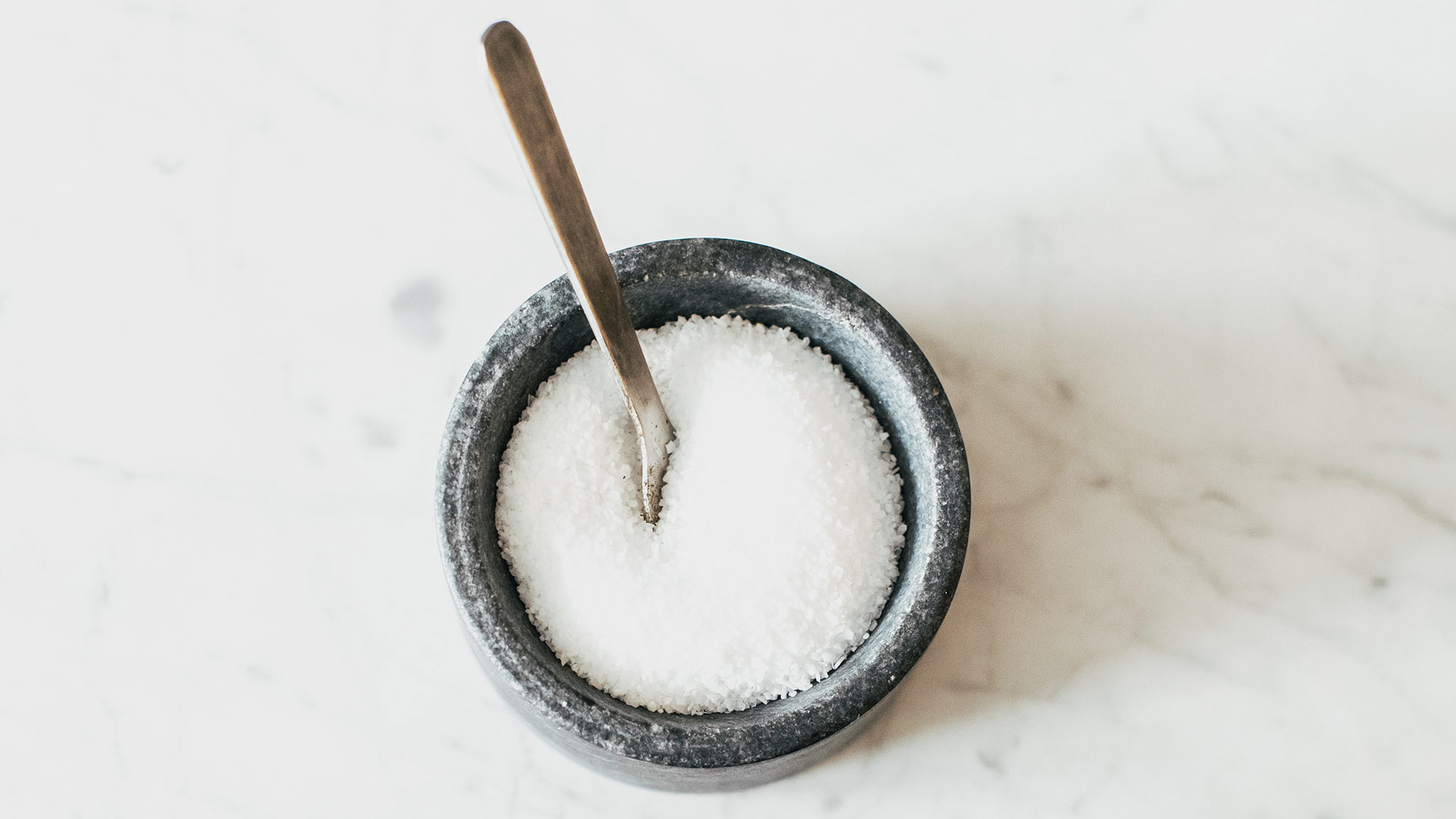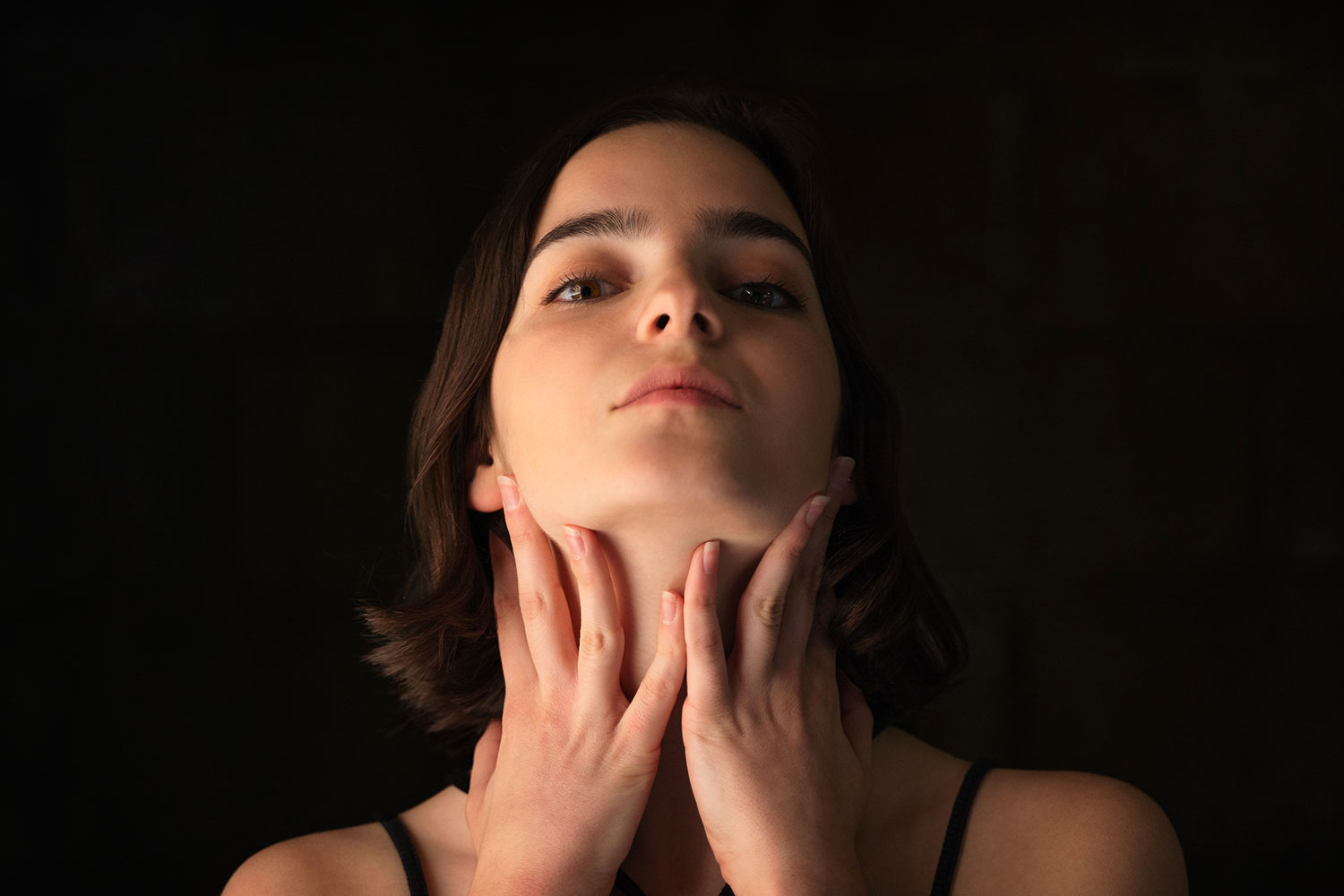Catherine Harris, MA, ATR-BC, RYT 200
While the start of the school year is often an exciting time, it can be a stressful one too. During this season, both students and parents are facing a lot of new—new teachers, new classrooms, new routines, and new schedules. And as we know, especially as parents, any type of change can be uncomfortable, even when it is expected. This was already the case in our pre-pandemic lives, but especially so now, as we face a whole new set of challenges moving into the fall.
The recent surge in COVID cases due to the Delta variant is concerning to say the least, particularly as new information continues to arise regarding breakthrough infections in vaccinated individuals along with higher rates of the virus detected in children. It is no wonder then that many are feeling overwhelmed and anxious, discouraged and unsure as schools begin to reopen their doors this month.
Coping with Difficult Situations
As a mental health provider, I have long turned to the practice of mindfulness and mindful self-compassion as means for coping with the difficult emotions that arise from life’s many challenges. While mindfulness is probably most well known for its continual emphasis on bringing attention to the present moment, mindful self-compassion addresses the equally important aspect of how we care for ourselves within that moment.
As an example, different exercises in mindfulness can teach us how to observe the breath and body to gain information on how we feel and how we are affected by our present circumstances. Mindful self-compassion then shows us how to comfort ourselves within that moment by identifying what we need as well as how to move forward to get those needs met.
This seemingly simple act of focusing on the present while offering care and comfort to ourselves can have a profound effect. Both mindfulness and mindful self-compassion carry the ability to quickly reset our nervous system and induce the body’s relaxation response as well as shift our perspective and mindset, enabling us to see the bigger picture.
Both of these effects are needed to be able to positively respond to challenging times in our lives, such as what we are living through today. Calm minds and bodies allow us to think more clearly. And when we can think more clearly, we are better able to see the different options available and decide how best to proceed.
These practices not only help us move through and recover from stressful situations, but when practiced regularly, they can act as preventative measures as well, bolstering mental and physical health and promoting a sense of overall well-being. A wealth of empirical research from the past two decades continues to support these positive outcomes, including but not limited to:
Mental Health
- Decreased symptoms in stress, anxiety, & depression
- Increase in feelings of gratitude, happiness, & compassion
- Increase in sense of motivation, confidence, & resilience
- Increase in healthier choices and behaviors
- Positive changes in brain structure and function
Physical Health
- Decreased reports of chronic pain
- Improved sleep quality
- Strengthened immune function
- Increase in overall feeling of energy
- Less active stress response*
All of these benefits center around the ability of mindfulness and mindful self-compassion to help mitigate the effects of stress by helping the nervous system recover more quickly in times of difficulty and decreasing its hyperactivity overall in the long run.
How Do I Practice Mindfulness?
One practice I have been turning to a lot over the past year and a half, both for myself and in my work with clients, is a mindful self-compassion exercise called Silver Linings.
This practice invites you to think about a past experience in your life when you were struggling, a situation that may have seemed impossible at the time, and then reflecting upon that experience through a series of questions. This reflection can be done as a formal meditation or informally as a journaling exercise. Either way, it is best to choose an event that happened some time ago and is now presently resolved.
Questions for Reflection
- What was the situation?
- How were you affected by the circumstance? Physically? Mentally? Spiritually?
- What innate qualities, strengths, and personality traits helped you through this time?
- How can you harness and use those same qualities today?
- What did you learn from this period in your life and how you responded?
In remembering our past struggles, we give ourselves the opportunity to also remember our strengths, to honor our achievements, and to appreciate our resilience. In addition, we shift our perspective from only seeing the moment of suffering in the present to seeing the bigger picture of our life long-term, better enabling ourselves to recognize how challenges may come and go but our innate strengths remain constant and even grow. All of this can help us feel a little more confident and better equipped to face the present situation while easing fear and worry in the process.
After practicing this exercise for myself a few times, I have noticed that it has begun to come up more naturally for me throughout the day in a shortened form, or what is referred to as a mindful mini-break. I find I am often saying to myself:
“This is hard.”
“You’ve done hard things before.”
“You can do this.”
This can be a wonderful exercise for parents and children to do together as they prepare for the school year and any anxieties that may bring. When working with adult clients, I often recommend trying out these practices for themselves first to see what they are like and how they respond. Then they are better prepared to help walk their children through the same practice.
As a parent, one could even model the experience by sharing their own example of identifying a difficult time in the past along with what helped them through it, opening the door for their children to feel comfortable doing the same. When approaching a deeper topic of conversation like this, it can be helpful to bring it up while you are already engaged in another activity to help defuse the intensity, such as cooking dinner, walking the dog, or driving in the car.
It can even be used with young children with some adjustments. Just the other evening, I found myself using this practice with my toddler when facing bedtime battles. After taking a breath to settle my own nerves from the building tension, I softly told him:
“You can do this. You know how I know? You’ve done it before.”
With very young children instead of having them come up with their own memory (which will be very difficult for them to do on their own), it helps to narrate to them the story of a time that you remember when they were able to do something that was hard or they thought they could not do. Reminding them how good it felt to do something challenging and expressing how proud of them you are can help solidify the moment and its importance.
What I love about this exercise is that it does not take away from the fact that the current moment is hard. Instead, it validates that difficulty. What it also does is remind us of the strengths we already have within us to help ourselves and our loved ones through.
Of course, it does not remove or change the external situation. We do not have the power to do that. However, it does provide a way to hold and comfort ourselves when the big things seem out of control. This honoring of strength and resilience in itself is an act of care and illustrates the very essence of mindful self-compassion—the simple ability to care for ourselves when we feel bad.
REFERENCES
Kabat-Zinn, J. (2013). Full catastrophe living: Using the wisdom of your body and mind to face stress, pain, and illness. New York, NY: Bantam.
Neff, K. & Germer, C. (2018). The mindful self-compassion workbook: A proven way to accept yourself, build inner strength, and thrive. New York, NY: Guilford Press.
** RESOURCES
Self-Compassion Guided Practices and Exercises
https://self-compassion.org/category/exercises/
About the Author
For the past 14 years, Catherine has worked in a variety of settings as a board certified art therapist, always with the same intent to help individuals find ease among life’s many challenges. In addition, as a registered yoga instructor and mindfulness teacher, Catherine brings yoga, mindfulness, and mindful self-compassion into her sessions along with art therapy to provide clients with effective tools for coping with stress, anxiety, and depression. Currently, Catherine works through her own private practice, HeartSpace Wellness Studio LLC, providing telehealth art therapy sessions for individuals and classes and workshops in mindfulness and stress relief for organizations. For more information visit HeartSpaceWellnessStudio.com or contact Catherine at HeartSpaceNashville@gmail.com.
